Not all houseplants are as happy as they look. Sometimes, even when you’re giving them the right amount of water, light, and love, they’re still struggling—and the problem may be their pot. Whether it’s poor drainage, wrong size, or suffocating roots, some plants are extra sensitive to where they live. If your leafy friend seems unwell despite your best efforts, it may just hate the pot it’s in—here are 12 common offenders to watch out for.
1. Fiddle Leaf Fig
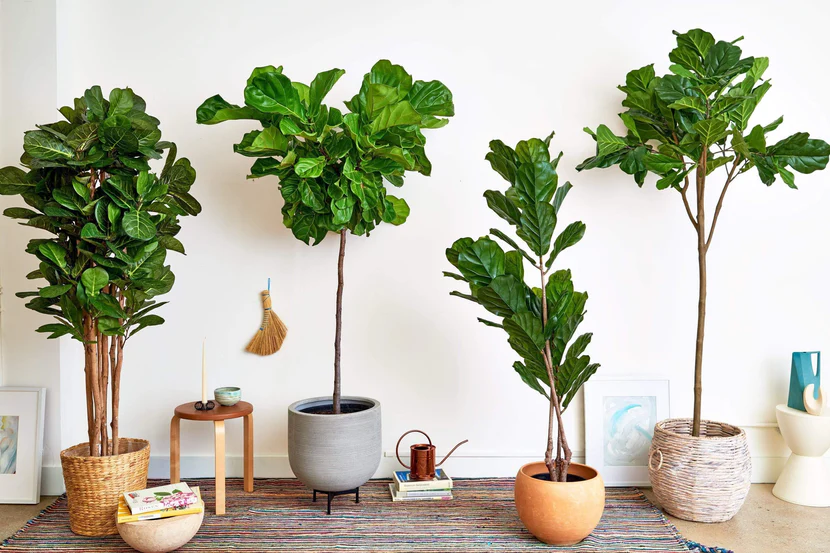
As noted by Better Homes & Gardens, the finicky fiddle leaf fig is notoriously sensitive to its environment. One major trigger? A pot that doesn’t drain properly. These tall beauties don’t like wet feet, and when excess water has nowhere to go, the roots can rot faster than you’d expect. That yellowing or browning of leaves might not be about sunlight—it could be your pot’s fault.
What makes things trickier is that fiddle leaf figs also hate being repotted too often. So you’re left trying to balance not disturbing it with not letting it drown. Choose a pot that’s just slightly bigger than the root ball, and make sure it has ample drainage holes. A breathable material like unglazed clay can also help wick away excess moisture.
2. Snake Plant
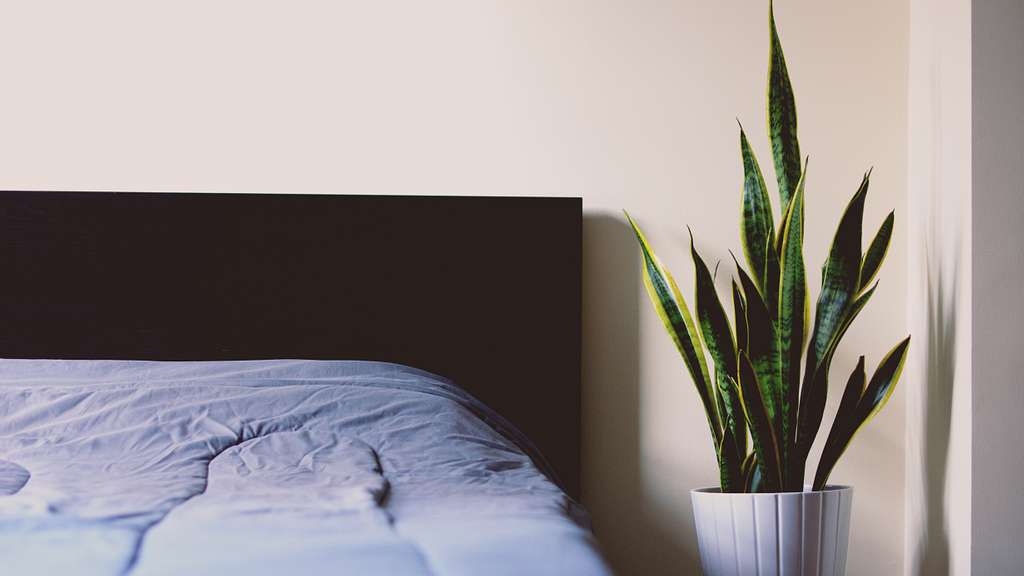
According to Penn State Extension, the snake plant is a low-maintenance houseplant—but it still has pot preferences. These upright, sculptural plants do best in pots with excellent drainage and airflow. A common mistake is planting them in ceramic or decorative planters without holes, which traps water and suffocates roots. Over time, this leads to root rot and mushy, discolored leaves.
Snake plants also hate being overpotted—too much soil around the roots holds excess moisture. Go for a snug, well-draining pot, like a terra cotta container with a drainage hole. Keep in mind that snake plants thrive on neglect, so a pot that dries out quickly suits them perfectly. Let them breathe and they’ll reward you with strong growth and fewer issues.
3. Peace Lily
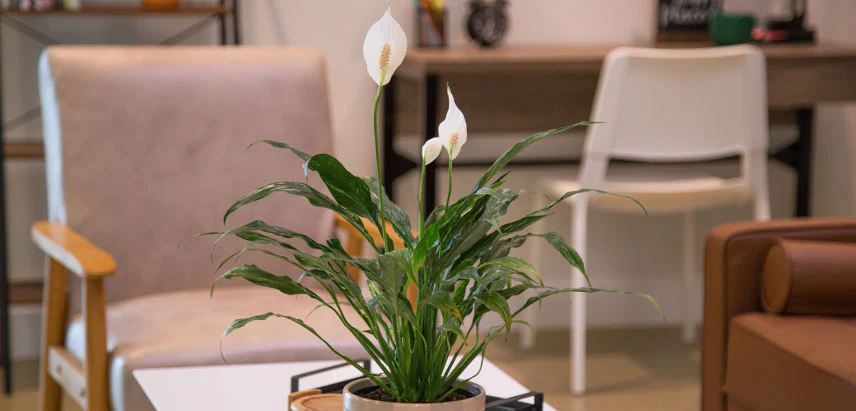
As noted by Miracle Gro, peace lilies are drama queens when it comes to their pots. Their roots like to be slightly snug, but not cramped. When the pot is too large, water sits in the extra soil, leading to soggy conditions the plant despises. Ironically, peace lilies will droop when thirsty and when overwatered—making it hard to know what’s wrong.
Choosing the right pot can fix that guessing game. Stick with a container that’s only one or two inches wider than the root ball. And make sure it drains—these plants are very sensitive to standing water. If your peace lily is constantly wilting despite your attention, it’s likely crying out for a better home.
4. Spider Plant
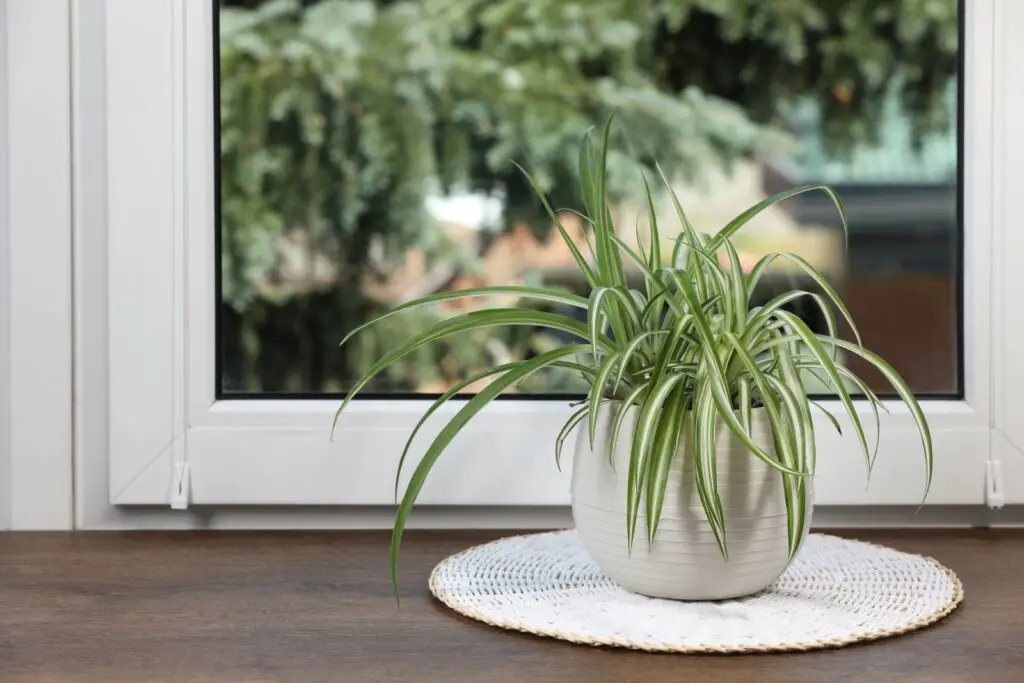
Planters Place points out that spider plants are fast growers, but they can turn fussy if their pot isn’t just right. These plants prefer slightly cramped quarters and actually thrive when slightly root-bound. A pot that’s too large can disrupt their growth pattern and delay those adorable baby “spiderettes.” Plus, without good drainage, the roots can easily rot.
If your spider plant suddenly loses its perk or gets brown tips, the pot may be the culprit. Repot only when roots are bursting out the bottom or water rushes through too quickly. Use a lightweight plastic or terra cotta pot with good drainage to keep roots happy. And don’t overthink it—they do best when you let them get a little cozy.
5. Rubber Plant
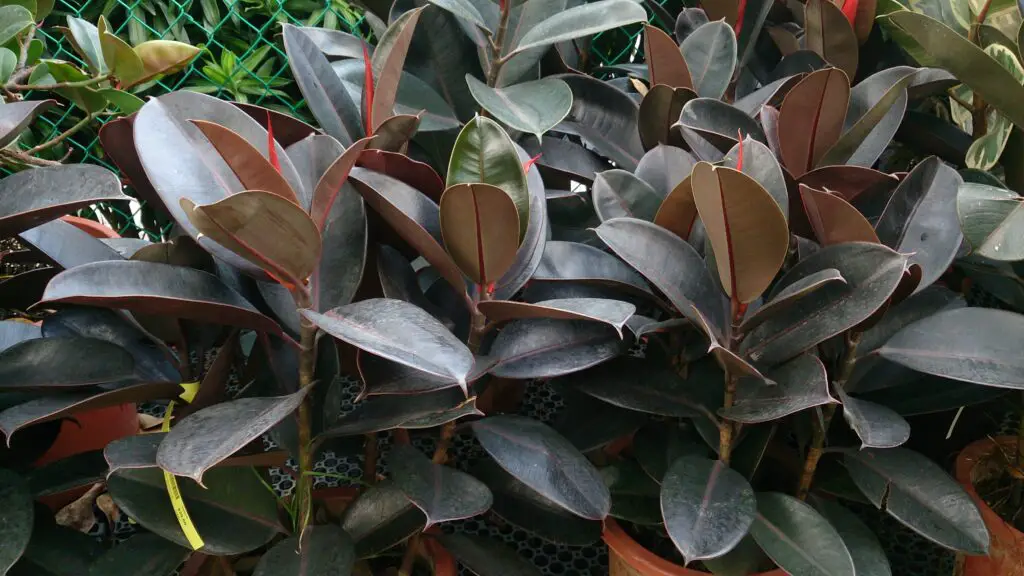
Rubber plants are big and bold, but they’re secretly picky about where they’re planted. They hate being in pots that are too small, but they also dislike being shifted too often. A cramped pot can restrict root development, while too much space can retain excess moisture. Either scenario stresses the plant and leads to droopy leaves.
Aim for a pot that allows about an inch or two of room around the roots. Make sure it drains well and supports the plant’s growing height. Rubber plants can become top-heavy, so a sturdy, heavier pot helps avoid tipping. Don’t forget to check the bottom—roots growing out mean it’s time for a new home.
6. Boston Fern
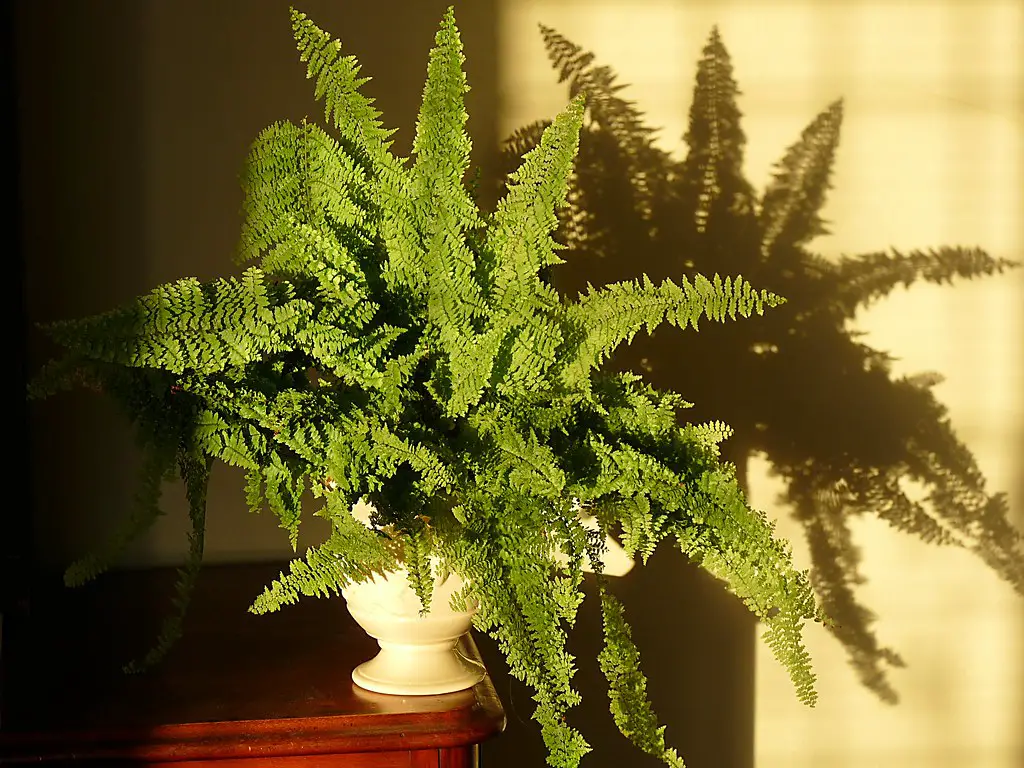
Boston ferns love moisture, but ironically, they hate sitting in soggy pots. If the pot doesn’t allow for proper drainage, the roots can rot quickly and the fronds will start to crisp up. On the other hand, letting the plant dry out completely will cause it to shed like crazy. It’s a delicate balance, and the wrong pot can throw it all off.
These ferns also prefer shallow pots because their roots don’t grow very deep. Too much soil under the root ball holds unnecessary moisture and invites fungus. Choose a shallow, wide pot with plenty of drainage holes and use a moisture-retentive but light soil. Keep them humid, but well-drained—that’s the magic combo.
7. Aloe Vera
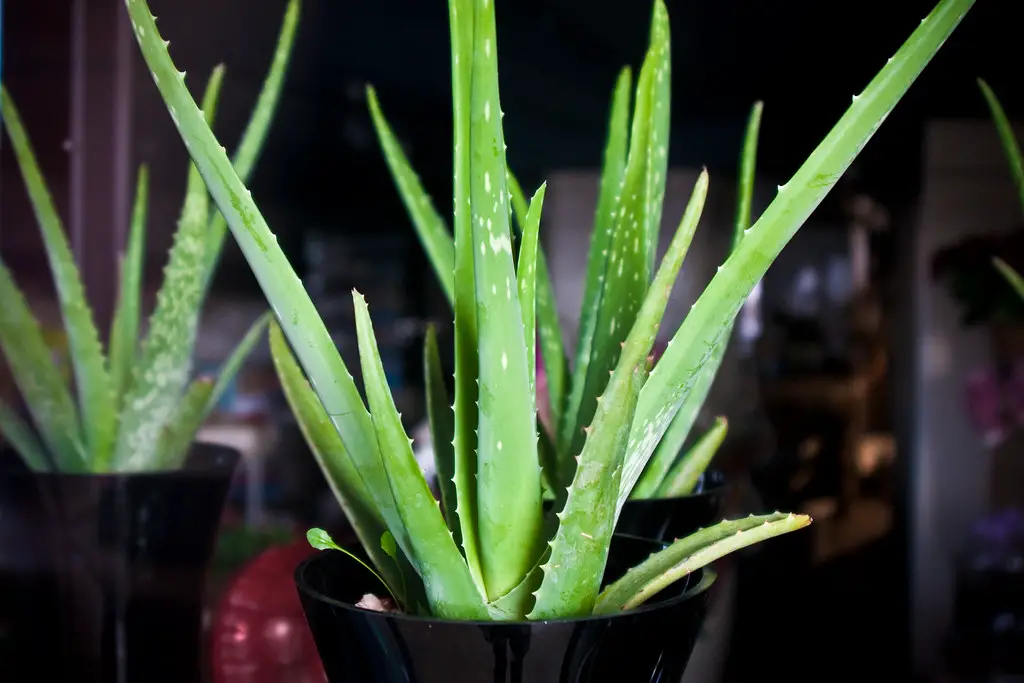
Aloe vera is a desert plant, which means it wants nothing to do with a moisture-trapping pot. When kept in a container with poor drainage, the roots quickly rot, killing the plant from the bottom up. It’s especially common for people to place aloes in pretty ceramic pots without holes, not realizing the risk. You’ll notice yellowing or mushy leaves as an early red flag.
The best pot for aloe vera is made of terra cotta, which lets the soil breathe and dries out faster. It should have a wide base to support the plant’s weight and at least one good drainage hole. Aloe doesn’t mind being a little root-bound, so repot only when it outgrows its home. Less water, more airflow—that’s how aloe thrives.
8. Monstera Deliciosa
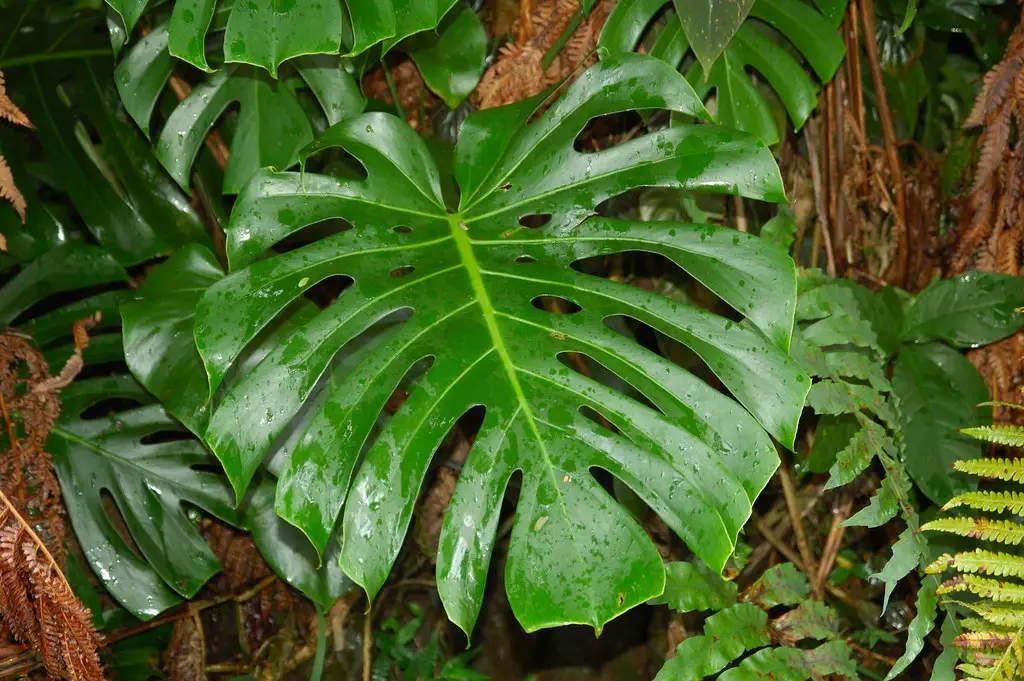
Monsteras love to stretch out, but they don’t appreciate being overpotted. When they’re placed in a container that’s too large, their roots can sit in damp soil for too long. That’s a perfect recipe for rot, even though the plant may seem big enough to handle it. Yellowing leaves and root browning are signs something’s off.
These plants prefer a breathable, well-draining pot with just enough space to grow. Think of it like a starter apartment that’s cozy but not cramped. As they mature, you can gradually size up, but always keep drainage a priority. And don’t forget: aerial roots like something to grab—consider a moss pole or trellis to help it climb.
9. ZZ Plant
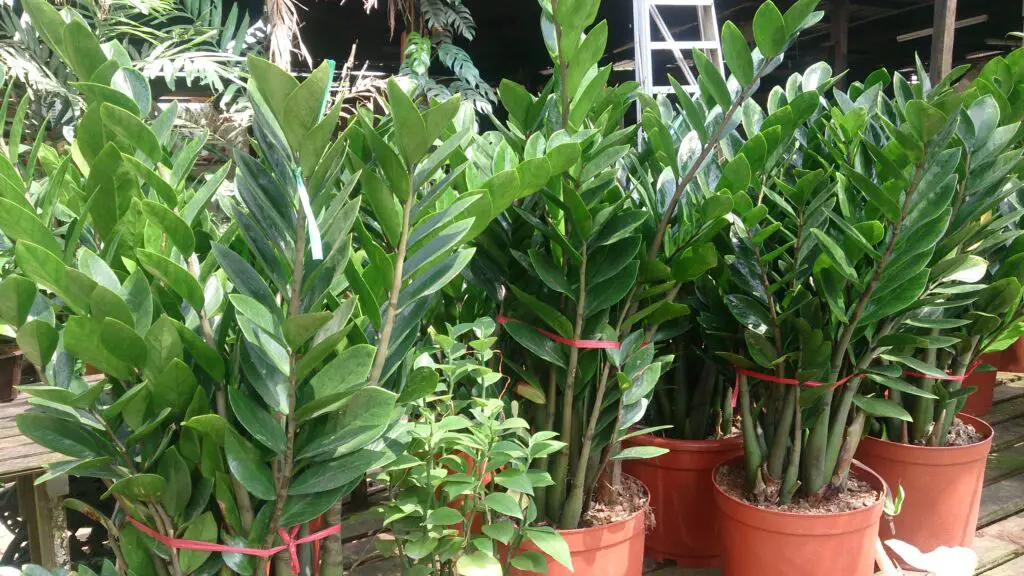
ZZ plants are known for being nearly indestructible, but even they have limits. Put one in a pot without drainage, and you’ll see yellowing leaves and a plant that suddenly isn’t so low-maintenance. They store water in their rhizomes, so excess moisture is a fast track to root rot. It’s easy to overwater them if the pot doesn’t dry out properly.
Choose a pot that’s small and drains well, ideally made of clay or plastic. Avoid anything decorative that doesn’t let water escape. ZZ plants like to be a bit snug, and they won’t mind going years without repotting. Just give them a dry, breathable pot and ignore them more than you fuss.
10. Pothos
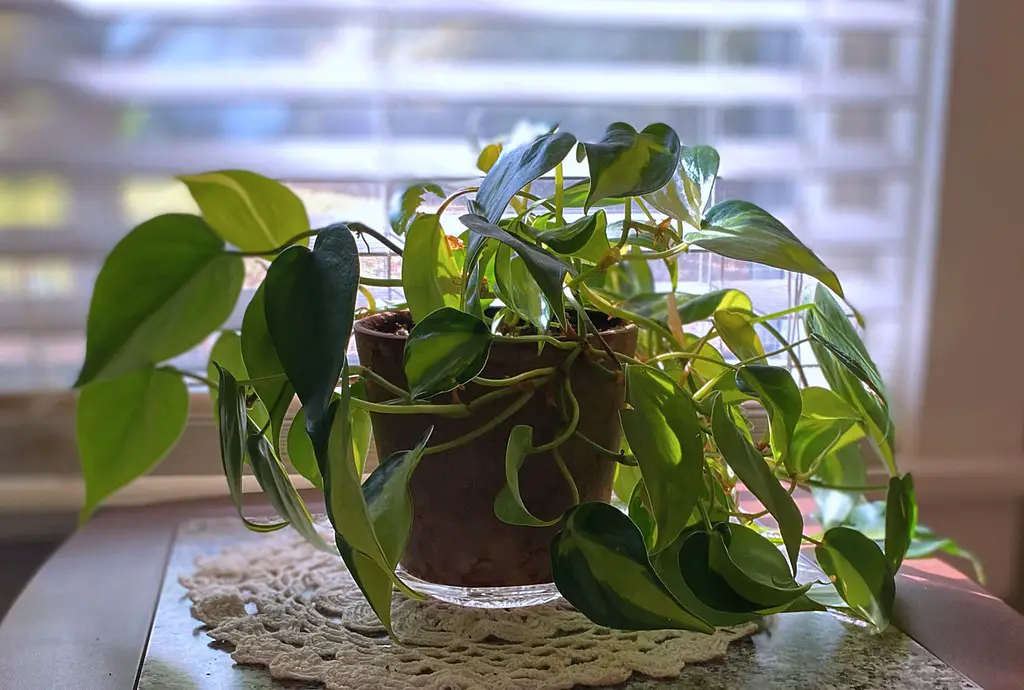
Pothos are the ultimate starter plant—but they still care about their pot’s vibe. While they tolerate being root-bound better than most, they can’t stand sitting in soggy soil. A lack of drainage will cause yellow leaves and blackening stems in no time. Even though it’s tempting to throw them in a trendy hanging planter, check for holes first.
Use a lightweight, breathable pot that dries quickly and allows excess water to escape. Pothos doesn’t need a huge home and prefers to stay slightly root-bound. If the roots circle tightly or pop out the bottom, it’s time to upgrade—slowly. And always, always empty the saucer beneath after watering.
11. Calathea

Calatheas are famously picky—and that extends to their pot. These tropical beauties demand consistent moisture, but not saturation, making pot choice a real balancing act. Too much water retention causes root rot, while too little makes leaves curl and crisp. You’ll often see leaf browning that feels random, but it could be the pot’s fault.
Opt for a pot with excellent drainage and pair it with a well-aerated soil mix. Avoid overly large containers, which hold water for too long. Instead, go for something snug and breathable. The right pot makes all the difference in keeping those patterned leaves lush and lively.
12. African Violet
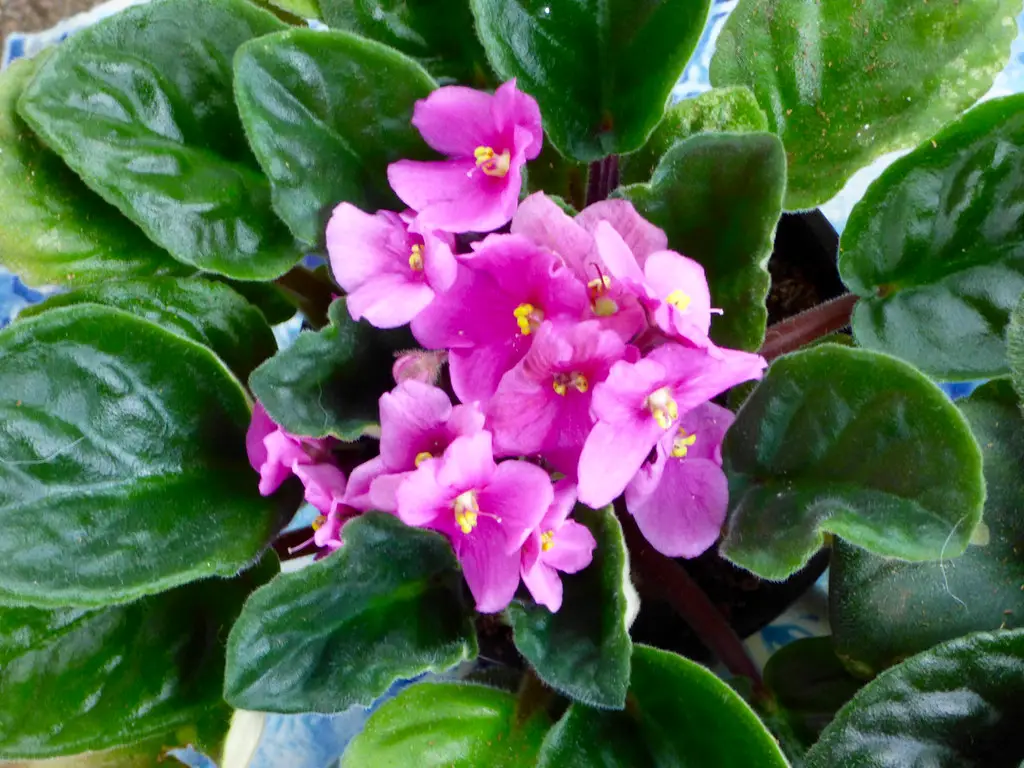
African violets are charming, but don’t let their sweet looks fool you—they’re extremely picky about pots. They hate water sitting on their crowns and do best in self-watering containers or pots that keep moisture even without soaking the soil. Too much water around the base causes rot quickly, and an oversized pot only makes it worse. These plants like a small, cozy root zone to feel secure.
The key is consistent, moderate moisture and airflow around the roots. Shallow, plastic pots with good drainage are ideal, or try specialized violet pots made for their needs. Repot only when they’re clearly outgrowing their container. A good pot means more blooms and fewer problems.
